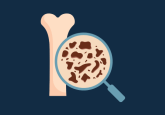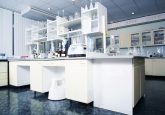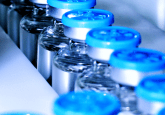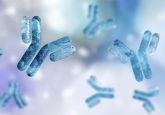1. What is required to gain approval for a biosimilar?

Paul Declerck: “An extensive chemistry, manufacturing and control (quality) dossier is required to demonstrate the physicochemical, structural and in vitro functional similarity with an approved reference product. Additionally, a limited nonclinical and clinical dossier is also required to confirm the similarity with the reference product in vivo. It is important to realize that the clinical part does not serve to demonstrate efficacy per se. In most cases, post marketing surveillance is required to gather more clinical and safety data.”
Fernando de Mora: “To gain approval for a biosimilar, a company needs to follow a very stringent regulatory path. Financial robustness, regulatory knowledge, and expertise in biotechnology or biologics production and development, are needed. Indeed, the studies needed to demonstrate biosimilarity, i.e. to demonstrate high similarity between biological medicines, are far more complex than those needed to demonstrate equivalence between two small molecules (i.e. chemically-synthesized medicines). The pathway to obtain approval for a biosimilar requires quality, nonclinical and clinical studies.”
Mario DiPaola: “The process of developing and gaining approval of a biosimilar is quite lengthy and costly, taking up to 8 years of development and costing as much as US$250M[1]. The development process is typically a step-wise approach in which the biosimilar developer initially spends a significant amount of time and resources testing the reference product (originator’s drug) and trying to understand, in depth, the product quality attributes, including physical, chemical and biological ones.
During the course of the reference product analysis, the developer will also establish an expression system and begin to produce lots of the biosimilar product for comparison against the reference product. The biosimilar drug will also be tested clinically to assess the pharmacokinetics and pharmacodynamics of the biosimilar product, as well as the safety, immunogenicity, and, as necessary, the efficacy of the drug.
If the clinical data are found to be comparable to the reference drug, then the biosimilar developer may ask for regulatory approval, but the submitted application should contain a sufficient body of analytical data, establishing strong similarity between the biosimilar and the reference product. It must also demonstrate that those attributes identified as critical be statistically equivalent.
Because these are biological products, it is also important for the developer to show that the biosimilar doesn’t trigger any responses that might render the product less safe. As part of the clinical study, scrutiny should be placed on the potential for any immunogenicity by using well-developed, robust analytical assays to test clinical samples for the presence of any anti-drug antibodies. Furthermore, it is highly important for the biosimilar developer to demonstrate that the established manufacturing process for the biosimilar is well-controlled and generates a product of consistently high quality.
While it is possible to by-pass clinical studies in the development of a biosimilar, this would be feasible only if the developer were to demonstrate that the biosimilar in development is virtually identical to the originator product, which is quite difficult to do based on the complexity of protein/glycoprotein-based therapeutic products.”
[1] Blackstone EA, Fuhr JP. The economics of biosimilars. Am. Health Drug Benefits, 6(8), 469–478 (2013).
Arno Kromminga: “Good manufacturing, excellent bioanalysis, and deep inside knowledge in the regulatory requirements.”






